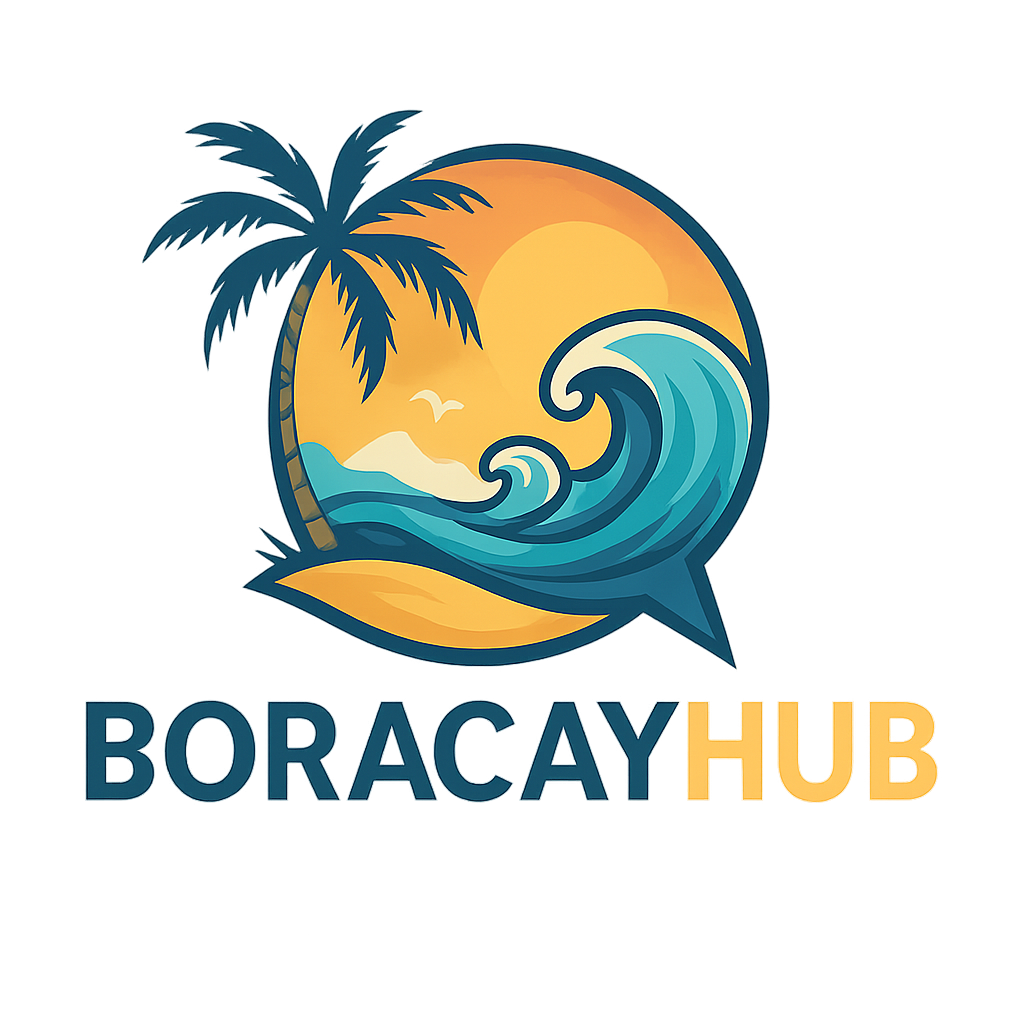🏝️ Detailed History of Boracay Island, Philippines
Boracay Island, now one of the Philippines’ premier tourist destinations, has a rich history that stretches from indigenous roots to international fame, and environmental crisis to renewal. Here’s a comprehensive timeline and narrative of Boracay’s evolution:
1. Pre-Colonial Era and Indigenous Roots
- Ati People (Original Inhabitants)
Boracay was originally inhabited by the Ati, an indigenous Negrito group believed to be the earliest settlers. The Atis lived a simple life, practicing fishing, hunting, and slash-and-burn farming. - Etymology
There are a few theories on the name “Boracay”:- From the word “borac” (a local term for white cotton), which resembles the island’s white sand.
- From “Bora” (bubbles) and “Bocay” (white) in the Ati language.
- Others say it came from “boay,” meaning seed, and “lagay,” meaning water, referring to the island’s fertile lands.
2. Spanish Colonial Period (1565–1898)
- Boracay remained relatively unaffected by Spanish colonization. It was not a major Spanish settlement, and no significant Spanish structures or missions were established on the island.
- During this time, Panay Island (to which Boracay politically belongs) was a central hub for trade and agriculture, but Boracay was still largely isolated and rural.
3. American Period and Early 20th Century
- The American period (1898–1946) brought modernization to many parts of the Philippines, but Boracay remained a quiet backwater.
- It was known mainly for coconut farming and fishing, with a small population of Ati and Visayan migrants.
- In the 1900s, families such as the Tirols and Altavas from mainland Aklan began purchasing and cultivating land.
4. Discovery by Backpackers (1960s–1980s)
- 1960s–70s: A few adventurous European backpackers and Filipino travelers began arriving by boat. The island started to gain attention for its powdery white sand and crystal-clear waters.
- 1980s: Boracay became a secret paradise for Western backpackers. It had no electricity, no paved roads, and very basic accommodations. Tourism was grassroots, with visitors staying in nipa huts.
5. Boom of Mass Tourism (1990s–2000s)
- 1990s: The Philippine government and private sector invested in infrastructure, including electricity, roads, and a port.
- Resorts, restaurants, and bars rapidly developed. It became a hotspot for both foreign and local tourists.
- 2000s: Boracay became a major international destination, topping lists like:
- Condé Nast Traveler (2016): “Best Island in the World”
- TripAdvisor: Multiple awards for beaches and hotels
But this rapid growth came with consequences.
6. Environmental Decline and Overdevelopment (2010s)
- By the mid-2010s, Boracay was facing a severe environmental crisis:
- Overcrowding
- Sewage and waste management problems
- Coral reef destruction
- Beach erosion
- Critics dubbed it a “cesspool” after President Rodrigo Duterte publicly condemned its condition in 2018.
7. Boracay Closure and Rehabilitation (2018)
- April 26, 2018: Boracay was officially closed for six months for massive rehabilitation.
- Major actions taken:
- Demolition of illegal structures
- Installation of proper sewage systems
- Establishment of carrying capacity limits
- Re-zoning of beachfront properties
- Closure of non-compliant establishments
Boracay re-opened on October 26, 2018, with stricter environmental regulations and a “no party” beach policy.
8. Post-Rehabilitation and Sustainable Tourism (2019–Present)
- The island was rebranded as a sustainable destination, focusing on eco-tourism, responsible travel, and controlled development.
- Establishments now follow strict regulations on waste, water, and land use.
- Events like Laboracay (Labor Day beach parties) were canceled to preserve tranquility.
Recent Developments:
- COVID-19 Pandemic (2020–2022): Tourism stopped, devastating the local economy.
- 2023 Onwards: Tourism rebounded, with an emphasis on:
- Eco-friendly travel
- Digital nomad-friendly accommodations
- Community-based tourism
- Plans for smart tourism and possible inclusion in UNESCO discussions for heritage/ecological significance are ongoing.
📍 Geographical and Political Notes:
- Province: Aklan
- Municipality: Malay
- Barangays: Yapak, Balabag, and Manoc-Manoc
- Size: Approx. 10.3 square kilometers
- Famous Areas: White Beach, Bulabog Beach, Puka Shell Beach, Diniwid Beach, Mount Luho
🧑🌾 Indigenous Rights and Modern Inclusion
- The Ati people have continued to fight for ancestral land rights.
- A 2.1-hectare land title was awarded to the Boracay Ati Tribal Organization in 2010, but land disputes with settlers and developers persist.
- Several cultural preservation initiatives now seek to integrate the Ati community into Boracay’s tourism story, with some offering tribal village tours and cultural shows.
📸 Summary Timeline:
| Period | Key Events |
|---|---|
| Pre-Colonial | Ati settlers, subsistence farming & fishing |
| Spanish Era | Limited Spanish presence |
| American Period | Farming, few visitors |
| 1960s–80s | Backpackers discover the island |
| 1990s–2000s | Rapid development, global tourism hotspot |
| 2018 | Government-mandated 6-month closure for rehab |
| 2019–Present | Sustainable tourism model, revival post-pandemic |
